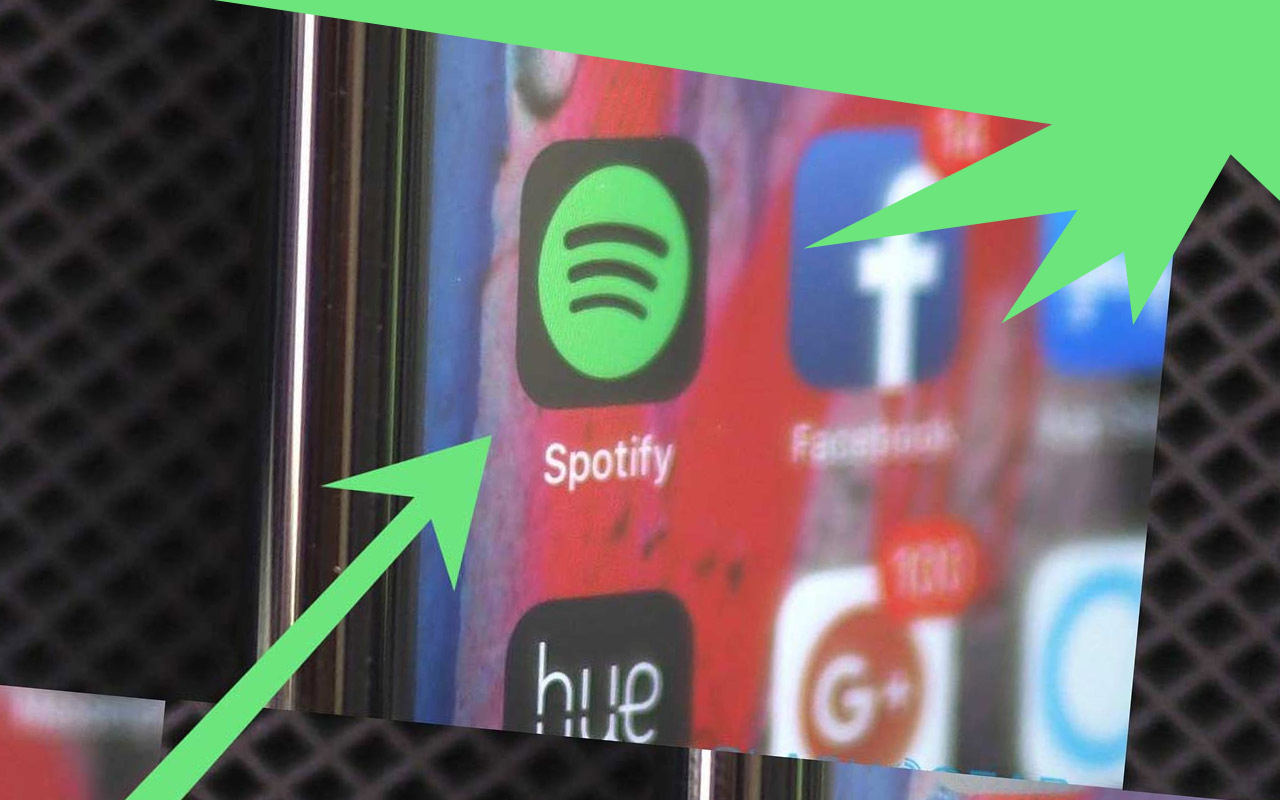

Having enjoyed great success in the private capital markets, Spotify had no immediate need for funding.

Offer greater liquidity for its existing shareholders, without raising capital itself and without the restrictions imposed by standard lock-up agreements.When Spotify came to Latham in May of 2017 with its goal of becoming a publicly traded company, it also wanted to achieve a number of other important objectives that did not necessarily align well with a traditional US IPO process. This means that certain features that are typical of a traditional IPO-such as lock-up agreements and price stabilization activities-are not present in a direct listing.

Since there is no underwritten offering, a direct listing does not require the participation of underwriters. Existing shareholders, such as employees and early-stage investors, become free to sell their shares on the stock exchange, but are not obligated to do so. In a direct listing, a company’s outstanding shares are listed on a stock exchange without either a primary or secondary underwritten offering. Latham represented Spotify in the direct listing, and in this case study Latham lawyers and Spotify’s General Counsel, Horacio Gutierrez, provide a behind-the-scenes look at the transaction, including why Spotify chose to pursue a direct listing, the path to a direct listing, and the challenges encountered along the way. Since Spotify first announced its intention to become a public company using this groundbreaking and innovative structure, it has generated enormous interest from the financial press and market participants.

If Spotify’s direct listing were a song, it would surely be at the top of the Today’s Top Hits playlist for 2018.


 0 kommentar(er)
0 kommentar(er)
